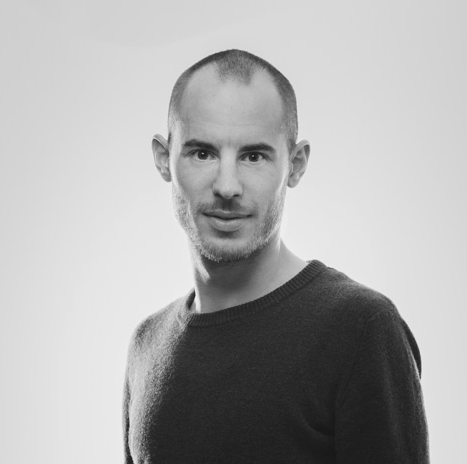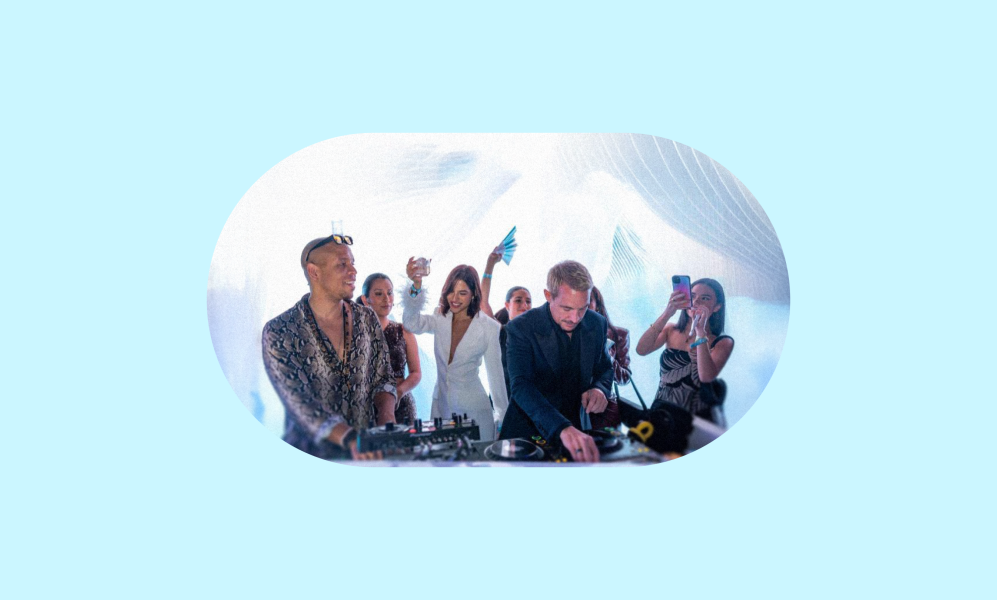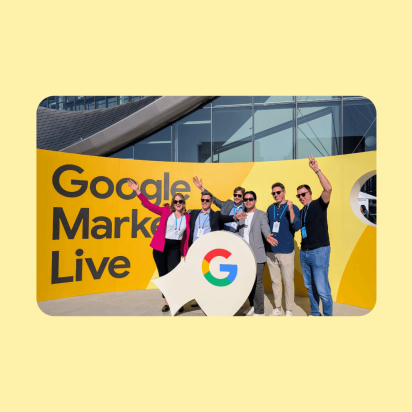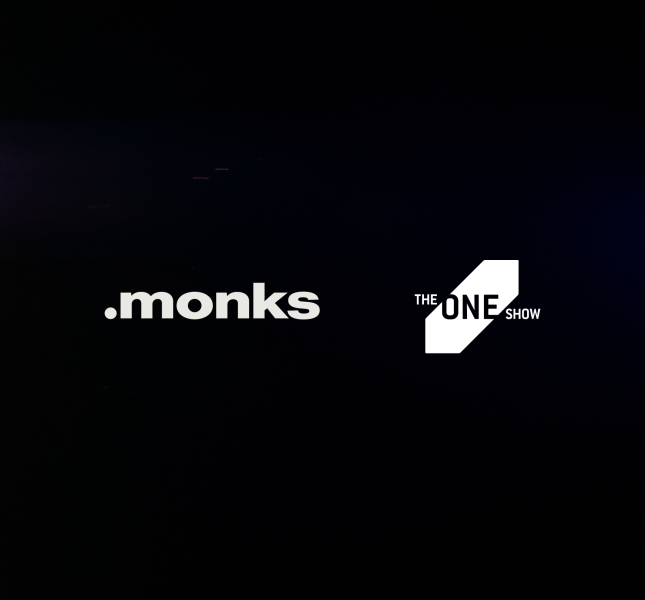Consumer Habits Are Changing. Why Isn’t the Industry?

Having served as our first Creative Monk in the MySpace days to building a team of more than 2,300 over the past 15 years, I’ve had the privilege of witnessing the immense evolution of digital culture and its effect on creativity. Now, as MediaMonks’ new (and first-ever) Chief Creative Officer, I aim to wield that experience by challenging the one-size-fits-all model that continues to remain popular with creatives today—even though it falls flat against consumers’ needs.
In a time when online experiences are paramount, our ambition to harness the power of technology and creativity is more important than ever. No stranger to adapting to our current realities, this moment offers an opportunity for us to look at the current state of creativity and the vision that sets true innovation from the rest.
Still in the infancy of a new decade, I find myself dismayed at how our industry still struggles to push itself forward. This year especially, brands find themselves with an unequivocal imperative to reassess the strategies they’ve relied on as digital behaviors have quickly evolved. In this age of hyperadoption — in which new behaviors are continually adopted and dropped — we as creatives must raise the bar and reimagine what’s possible.
Consider this: much of the most recently celebrated work may have been placed on digital and social media, but was designed specifically for TVC or print. So many social and digital ads are simple 15 or 8-second cut downs for the toolkit, but different rules and behavior apply to these channels than TV; for example, people on average only watch social ads for about 1.7 seconds, which already makes cut downs incongruent to the format.
This year especially, brands find themselves with an unequivocal imperative to reassess strategies as digital behaviors have quickly evolved.

The industry stunts itself by limiting its recognition of ads—what I would call all the paid media-related creative work that the industry makes—to include only the traditional formats of one-size-fits-all print and linear, 30-second TV scripts. Being so set in our ways risks our own irrelevance to modern-day consumers, whose customer decision journey (and attention) increasingly extends across digital platforms and channels, often simultaneously.
Rather Than Celebrate Innovation, We Repeat Our Mistakes
Feeling secure in sticking to established success parameters isn’t new for our industry—in fact, it’s not that far off from how we moved from radio into TV ads back in the days. Rather than take advantage of what film had to offer, the first TV ads were basically radio scripts with an image or two. Take the famous Bulova ad, which wasn’t filmed at all; while novel, it failed to take advantage of the creative impact that TV made in storytelling.
Frustratingly, the industry once again finds itself impeded in its ability to develop and recognize creative that takes full advantage of the abundance of opportunities afforded by today’s technology; the most-celebrated digital ads of 2019, for example, might as well be the best ads of 2009. In fact, Ad Age’s Top Campaigns of the 21st Century—which chronicles its first 15 years, ostensibly tracing the direction that advertising has taken in lockstep with gains in digital tech—offers little real distinguishing factor from year to year. Don’t get me wrong, these campaigns are great, culturally relevant ideas, but execution must be better aligned with current user behavior on the appropriate channels best-suited to drive engagement, connection and emotion.
Mind the Creative Gap
Creative teams drop the ball when they fail to mind the (creative) gap between the big idea and the media toolkit. What the industry needs to do is go even broader on the big idea, allowing integration across several channels or sources of data, rather than retrofitting it to one-size-fits-all toolkits that ultimately diminish its creative potential. What gets at the heart of this challenge is the need to recognize context, whether it be through media placement, user behavior, technology or with data.
We must use all the tools at our disposal to make sure we not only reach consumers at the right place and time, but truly meet their needs in the contexts in which they engage.

To this end, Forrester Research advises, “As experiences traverse digital, physical, and communication moments, each point of intersection should be inspired by the creative articulation of the brand and leave an indelible impression on customers.” Brands will struggle to achieve such an effect if their digital creative isn’t fit for both format and purpose toward the specific moments and places where consumers find it.
And if there’s anything digital isn’t, it’s static: through responsiveness to consumer interaction and data, digital creative enables brands to truly build a connection in a more personalized context. Essentially, the big idea must function as a two-way conversation that anticipates, responds to and builds upon user context and interaction—and as creatives, we must use all the technical tools at our disposal to make sure we not only reach consumers at the right place and time, but truly meet their needs at the contexts in which they engage.
Let’s Build Awareness for Contextual Awareness
One of the most clever examples of a brand [leaning on user behavior/strategy] was Wendy’s “Keeping Fortnite Fresh” campaign, in which a character with a striking likeness to the fast food chain’s mascot infiltrated the popular third-person shooter. Not interested in killing fellow players (which is the object of the game), this virtual Wendy sought to destroy the game world’s in-game freezers as a homage to Wendy’s pledge to never freeze its beef. Livestreamed on Twitch, the stunt represented how brands could skillfully participate in new social spaces online and is a modern, relevant take on the brand’s big idea: the “home of fresh.”
We as an industry face unprecedented opportunity to make better, more assistive and unique work.

We’re at a time where technology is deeply intertwined not only with the way people consume content, but also how they communicate and form deep relationships with one another. Given the abundance of data available through these myriad interactions, not to mention the many opportunities to act upon them, we as an industry face unprecedented opportunity to make better, more assistive and unique work—and when that work is produced, we must celebrate it rather than cling to the safe, established yet increasingly irrelevant success parameters of the past.
With all of this discussion about how advertising must change, and in a moment when we’re challenged once again to adapt to a new reality, I look ahead to a future where our industry rises to the creative challenge by building experiences that drive impact throughout ecosystems, resonating with consumers’ needs no matter where they are. This has always been our dedication; and as MediaMonks’ newly appointed CCO, I hope my voice resonates and serves as a catalyst for change.
Related
Thinking
Sharpen your edge in a world that won't wait
Sign up to get email updates with actionable insights, cutting-edge research and proven strategies.
Monks needs the contact information you provide to us to contact you about our products and services. You may unsubscribe from these communications at any time. For information on how to unsubscribe, as well as our privacy practices and commitment to protecting your privacy, please review our Privacy Policy.



